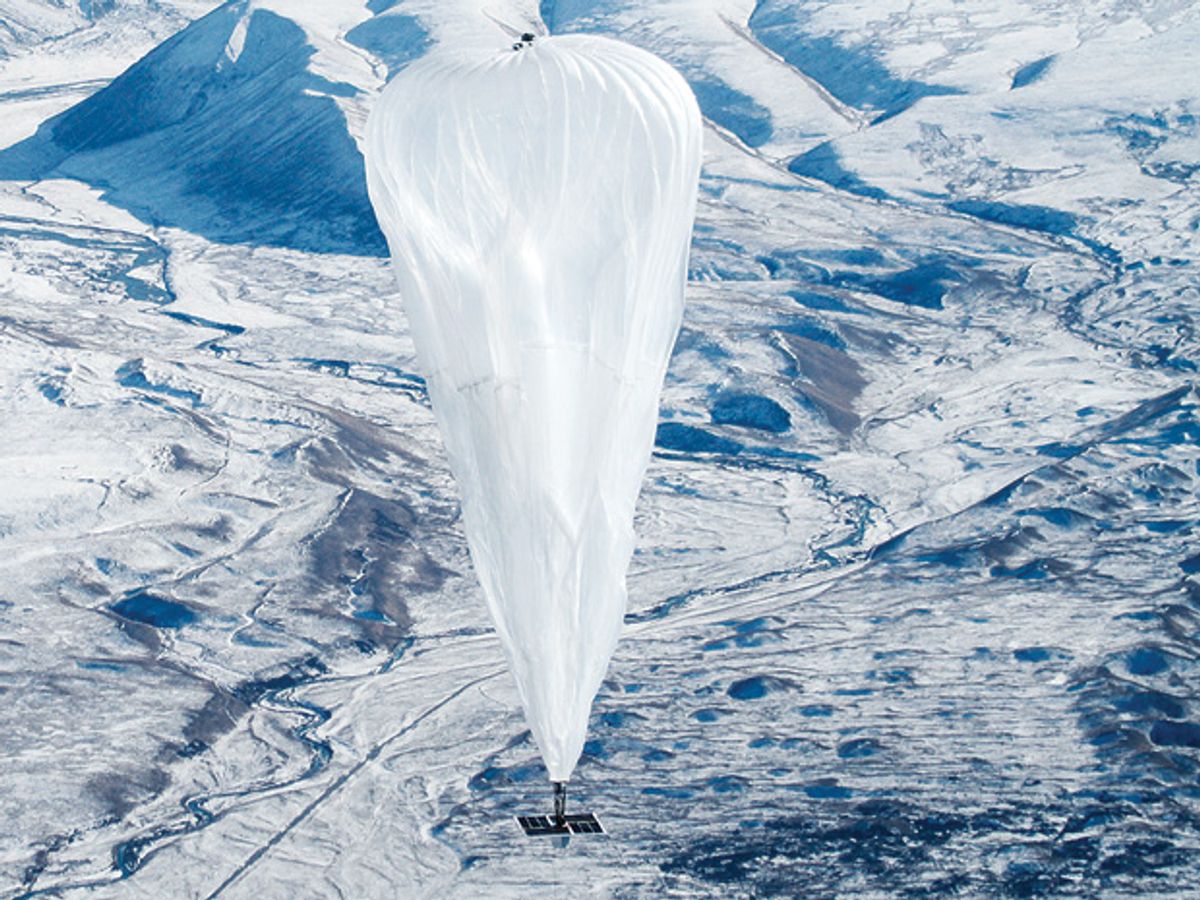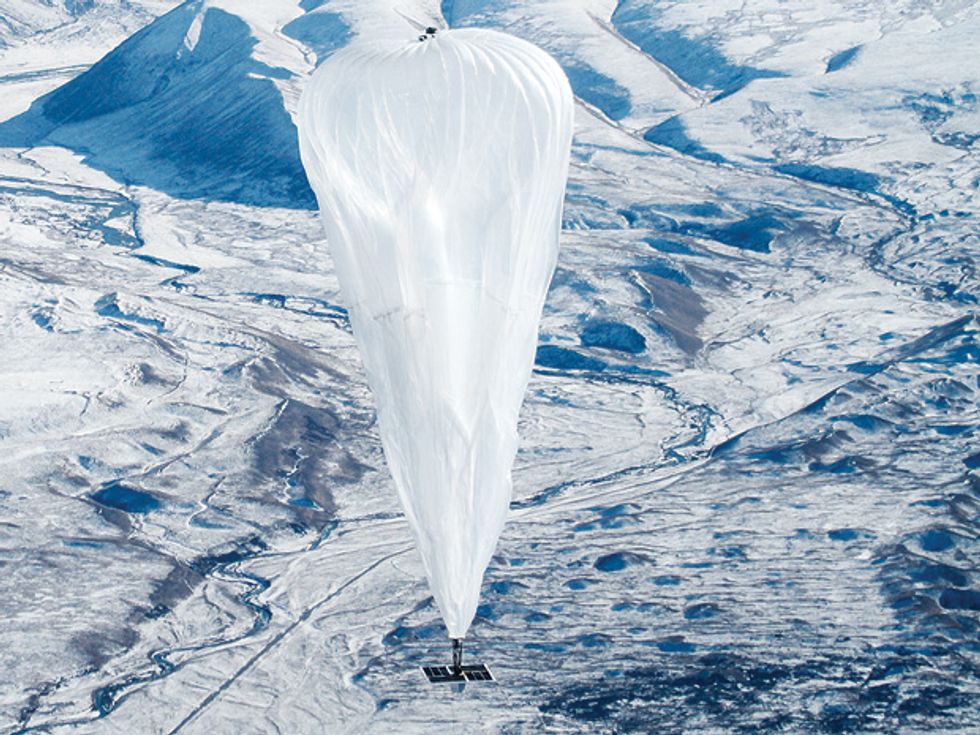
Bringing broadband to rural communities and remote outposts has always been a problem. Telecom companies simply can’t afford to string cables kilometers across badlands and through jungles to sign up just a few hundred more customers. Traditional cellular and satellite systems are similarly constrained by the cost of equipment as well as data capacity.
Without high-speed Internet access, billions of people worldwide continue to miss out on opportunities for a higher standard of living that includes online commerce, distance learning, and telemedicine. But if broadband services are slow to reach the hinterlands, it isn’t for lack of ideas.
Here are five of the most innovative new efforts to make broadband available and affordable everywhere—including locations as diverse as ships at sea and mountain villages in Myanmar. Some of them, such as Microsoft’s experiments with “white space” spectrum in Africa, stem from familiar solutions that are now starting to gain momentum. Others, such as Google’s vision of globe-trotting balloons or Titan Aerospace Corp.’s aspirations to fly satellite-like drones, are more ambitious. But they just might prove crazy enough to work.
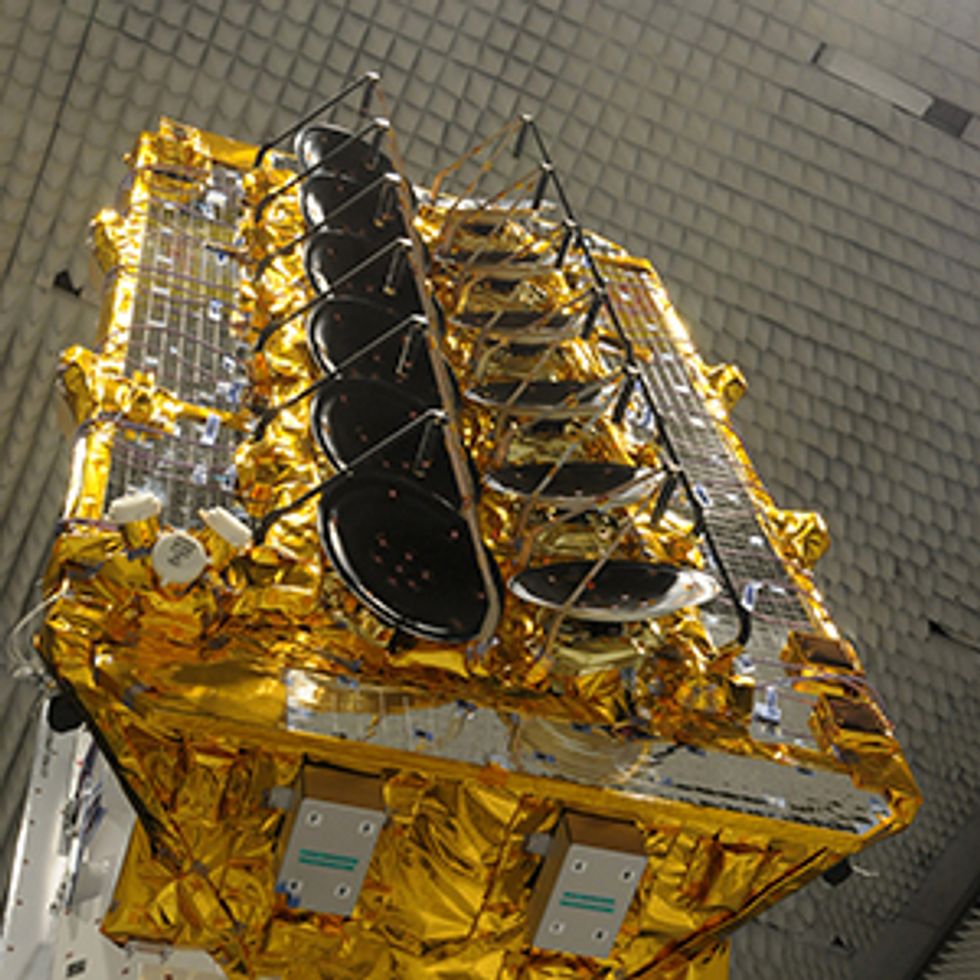
Low-orbiting satellites
In June, a rocket launched from French Guiana shot four new satellites into orbit. Owned and operated by O3b Networks, based on the island of Jersey, the spacecraft are the first in a planned constellation that the company says will provide cheap, fast broadband to the planet’s most poorly connected communities.
The O3b orbiters are unlike other broadband satellites. Today’s high-bandwidth satellites occupy geostationary orbits about 36 000 kilometers above Earth, and while the availability of wider spectrum bands now enables some providers to offer data rates and prices comparable to those of cable service, coverage is limited and latency is high. To solve this problem, O3b—short for “the other 3 billion”—will operate its satellites in mid-Earth orbit, about one-fourth the altitude of the geostationary orbiters. This proximity means that more satellites are needed to guarantee coverage of a region, but the company says it will reduce round-trip data delays from an average of 638 milliseconds to less than 150 ms.
When this article went to press in September, O3b had plans to launch another four satellites by the end of the month. Each orbiter will support a total capacity of 12 gigabits per second (6 Gb/s in each direction). The company plans to start selling broadband wholesale to local Internet service providers in Africa, Asia, Latin America, and the Middle East.
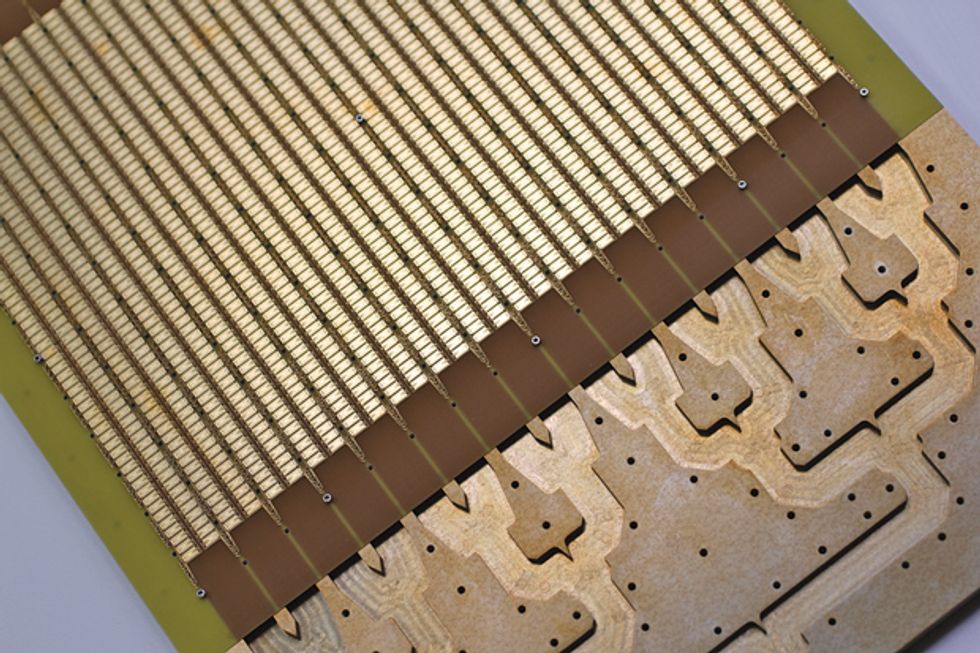
Metamaterial antennas
Even as prices for fixed-satellite broadband drop, customers on mobile devices out of the range of cellular towers and Wi-Fi hot spots—such as on ships or in disaster areas—still face steep fees for satellite service. A large part of the cost covers the phased arrays or other equipment needed to keep a moving antenna locked on to a satellite.
But engineers at Kymeta Corp., based in Redmond, Wash., think they can make such beam steering a lot cheaper using antenna arrays made of metamaterial elements. Metamaterials are synthetic substances that can bend electromagnetic waves in ways that natural materials can’t, making them prime candidates for such sci-fi-esque applications as cloaking devices. Kymeta claims to have come up with a proprietary technique for dynamically tuning elements in an array to emit radiation in different directions. The resulting interference produces a beam that can track a satellite, creating an unbroken broadband link.
Because metamaterial elements can be printed using standard photolithography, Kymeta’s antennas could be made on the cheap. At the moment, engineers are still perfecting a prototype, but in May the company reported the first successful download from a broadcast satellite. And last month, Kymeta and 03b Networks began developing antennas together for the latter company’s satellite broadband system.
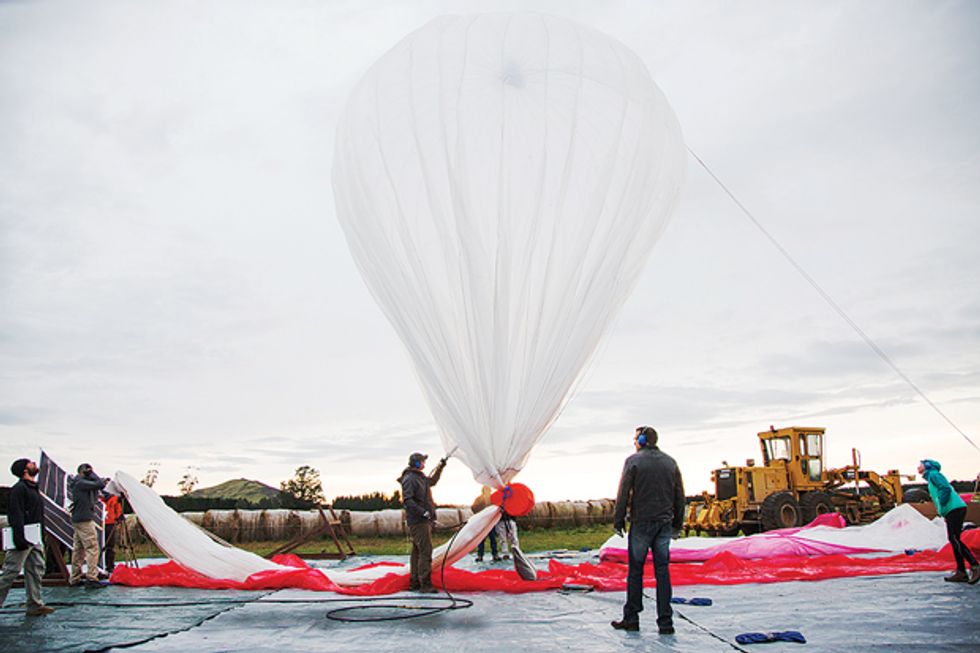
broadband Balloons
Acknowledging that the scheme sounded a bit bonkers, Google engineers named it Project Loon. In their vision, miners, ranchers, and seamen would stream videos and surf the Net via thousands of high-pressure balloons circling the globe. Chief technical lead Rich DeVaul pitched the idea two years ago as a member of Google’s secretive X lab, the origin of self-driving cars and Project Glass. But Google didn’t unveil the project until June, when it tested 30 balloons in a small farming community in New Zealand.
Filled with helium, the transparent balloons surf the winds of the stratosphere, at twice the elevation of passenger planes. Each one carries a solar panel and batteries, antennas, and computers. Together, they form a mesh network, relaying signals until the data reaches a base station on the ground with a fiber link to the Internet. Google engineers say one balloon could serve hundreds of people within a 20-km radius. Data speeds, they add, would be at least as fast as those of 3G cellular systems.
Google may have the technical chops to pull off DeVaul’s plan, but the political hurdles will be steep. Simply getting permission to fly balloons in the airspaces of many countries will be no small feat.
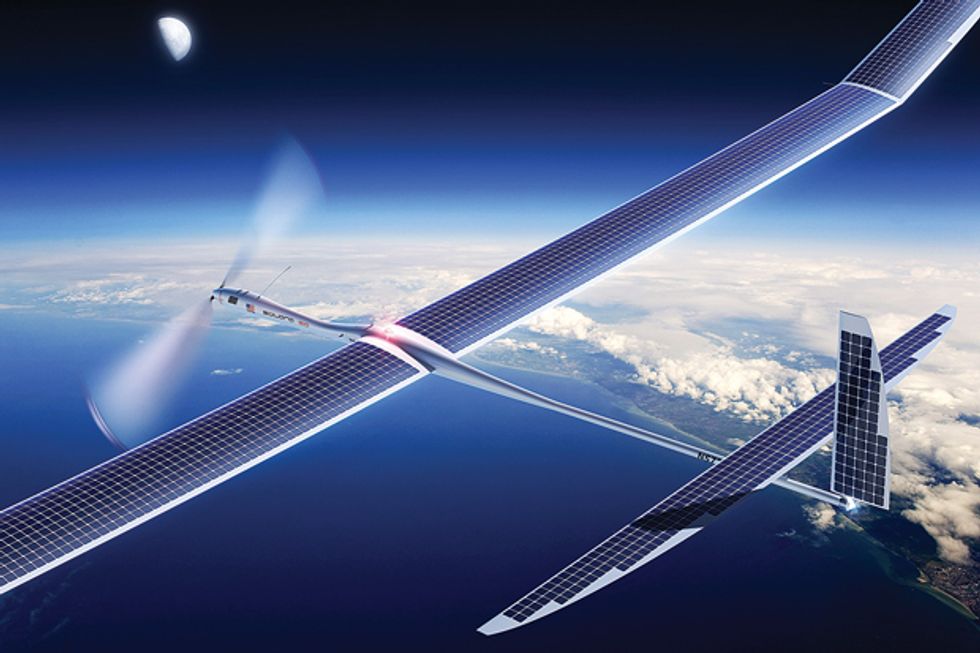
Solar-powered drones
Another company betting on airborne broadband is Titan Aerospace Corp. The New Mexico–based start-up is building unmanned solar-powered planes that it says could soar through the stratosphere for up to five years, serving as inexpensive, upgradable alternatives to conventional satellites. The company unveiled the first prototypes in August and is now building a commercial product: a lightweight 104-km/h drone called the Solara 50.
Boasting a wingspan as long as an Olympic swimming pool, the plane is enveloped in more than 3000 photovoltaic cells. As a broadband link, it could provide coverage over about 17 000 square kilometers, an area equivalent to the reach of more than 100 cellular towers. Titan says it aims to sell the Solara for around US $1 million and already has customers lined up to buy the first three in early 2014.
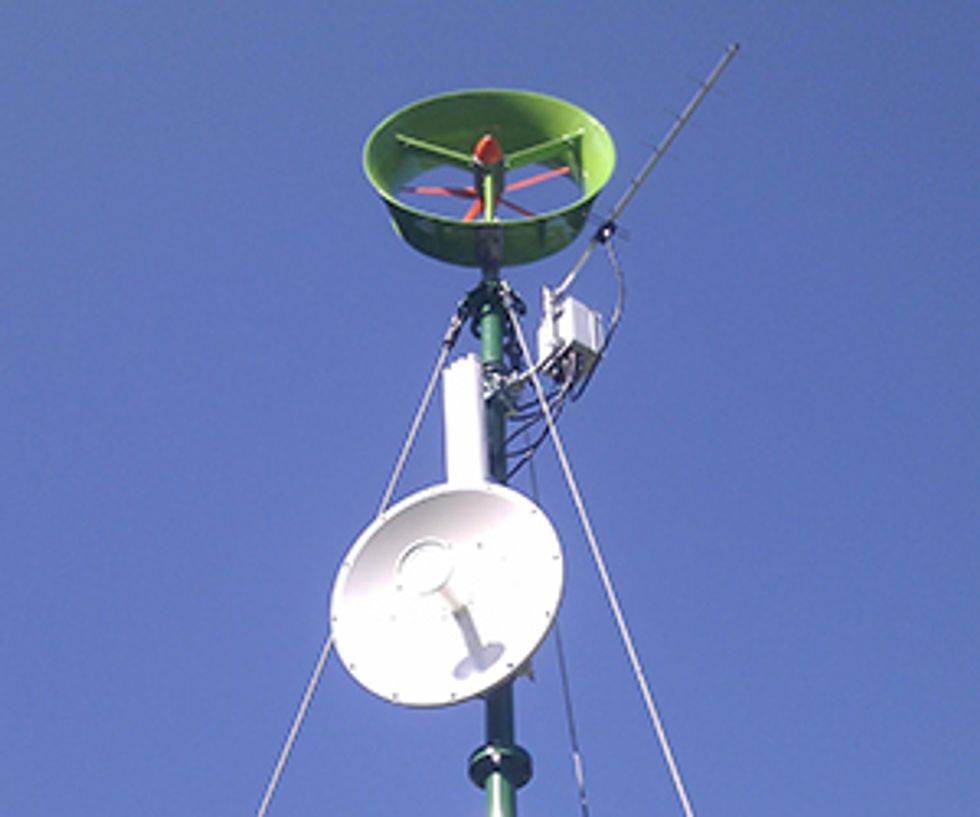
Television “white spaces”
Internet firms and entrepreneurs have long touted unused television frequencies, or white space, as a solution to rural broadband. Signals in this spectrum easily penetrate trees, buildings, and other obstacles that block traditional Wi-Fi signals, and remote communities tend to have a lot of frequencies freely available.
Only recently, however, have regulators started opening up white space for commercial use. As a result, pilot broadband networks using these bands are now beginning to pop up in the United States and elsewhere. In April, California-based Carlson Wireless Technologies rolled out base stations among the mountain towns near Lake Tahoe. Also this year, Microsoft set up trials in Kenya, South Africa, and Tanzania.
Because white space spectrum is unlicensed, companies can deploy networking technologies quickly and cheaply. Microsoft, for instance, estimates that it could deliver white space broadband in Africa to each subscriber for $5 or less per month—about one-tenth the price for fixed broadband.
